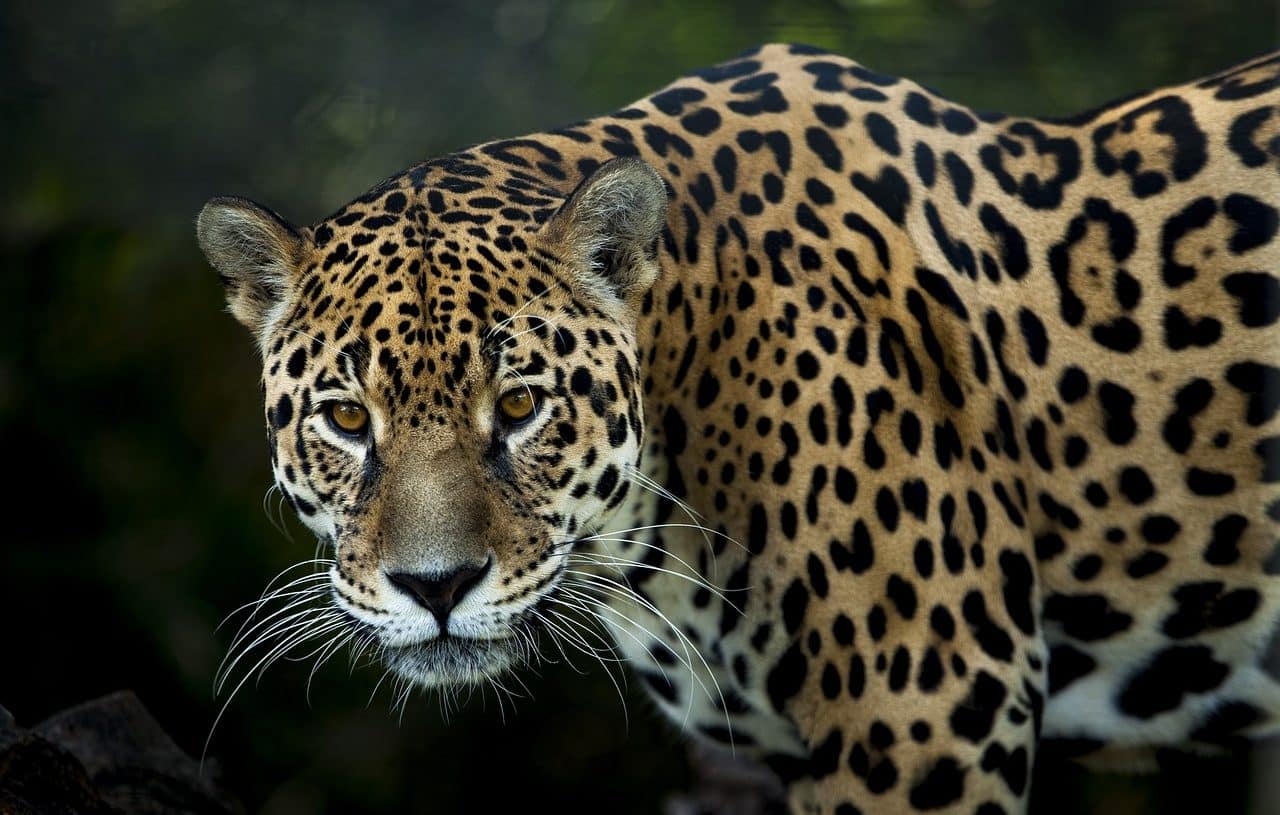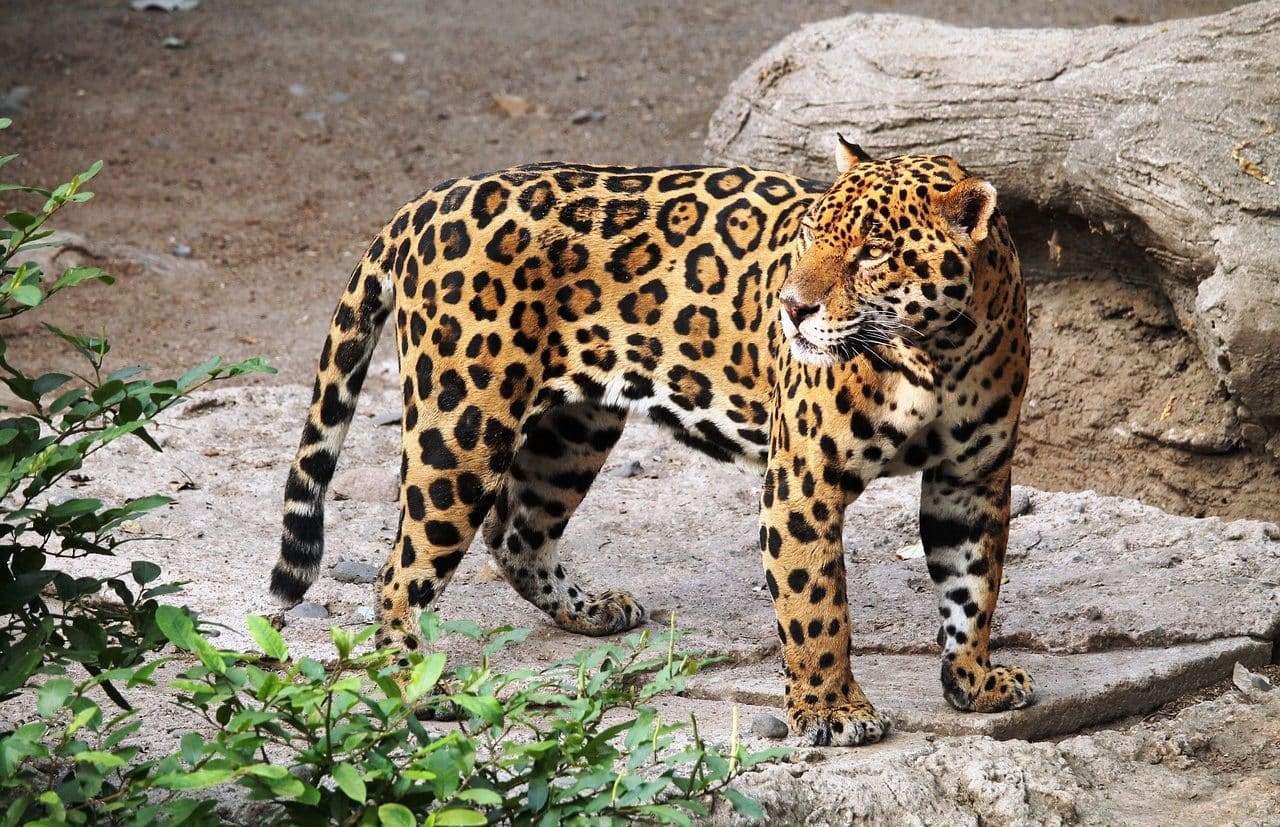
It is common for yaguareté to be used synonymously with yaguar and jaguar.
Yaguareté is a concept that comes from the Guaraní language, composed of the words yaguar (that is, the feline known in Spanish as “jaguar” ) and eté (which can be translated as “true” ). Beyond this detail provided by the Royal Spanish Academy ( RAE ) in its dictionary, the terms yaguareté , yaguar and jaguar are synonyms since they are all used to name the Panthera onca .
This animal , which belongs to the genus Panthera , is the third largest feline on the planet, only behind Panthera tigris (the tiger ) and Panthera leo (the lion ). The jaguar lives on the American continent, from the south of the United States to the northern region of Argentina .
In this last country it enjoys great importance, since it is one of the ten wild feline species that live there (among the rest are the ocelot, the jaguarundi, the tirica, the puma and the wild cat). In some parts of Argentina it is considered a sacred animal; In the province of Misiones , for example, many people do not dare to mention him because they believe that by doing so they invoke his presence.
Myths and legends
Outside of the material plane, where it already occupies a position of great importance, the yaguareté is the protagonist of various myths and legends that are transmitted from generation to generation; His impetuosity and the mystery he generates by avoiding human company are some of the triggers for these stories that are also part of the image that human beings have of him.
In addition to the names set forth above, the yaguareté is also known as yagua-pará , chiví guazú , uturunco , mancado , overo and even the compadre. This variety is due to its large geographical distribution .

The jaguar belongs to the genus Panthera.
Characteristics of the jaguar
Similar in appearance to Panthera pardus (the leopard ), its behavior resembles the tiger. The jaguar is generally found in jungles with high humidity and thick vegetation. However, it can also live in forests. Like the tiger , the jaguar enjoys contact with water.
Qualified as a top predator because it is located at the top of the food chain (it has no natural predators ), the jaguar has solitary habits. When hunting, this carnivorous animal takes advantage of its strong bite, which allows it to penetrate everything from skulls to shells. It is important to note that on the American continent no feline surpasses it in size, and that in the entire world it is only in third place (the largest is the lion and the second is the Bengal tiger).
With a usual weight of between 50 and 100 kilograms, the jaguar can measure up to 80 centimeters and have an approximate extension of 1.80 meters (not counting the tail). There are records, on the other hand, of males that have reached 140 kilograms in weight and a total length (that is, counting the tail) of 2.5 meters. Its dimensions do not reflect the absence of physical exercise: on the contrary, in addition to the energy invested in hunting , the jaguar really enjoys walking and is an excellent swimmer.
Other traits
In addition to its impressive size and considerable weight, which can be seen in its robustness, the jaguar's head is large if we measure it in proportion to the rest of the body, and its jaw is very powerful. Its base coat is between brown and yellow, with spots that help it camouflage itself.
Although it enjoys solitude, the jaguar is a very territorial animal . Regarding its diet , it usually hunts large vertebrates, such as deer, wild pig and tapir.
It should be noted that, due to habitat destruction and hunting, the jaguar is a species classified as “almost threatened” since the number of specimens is declining.
